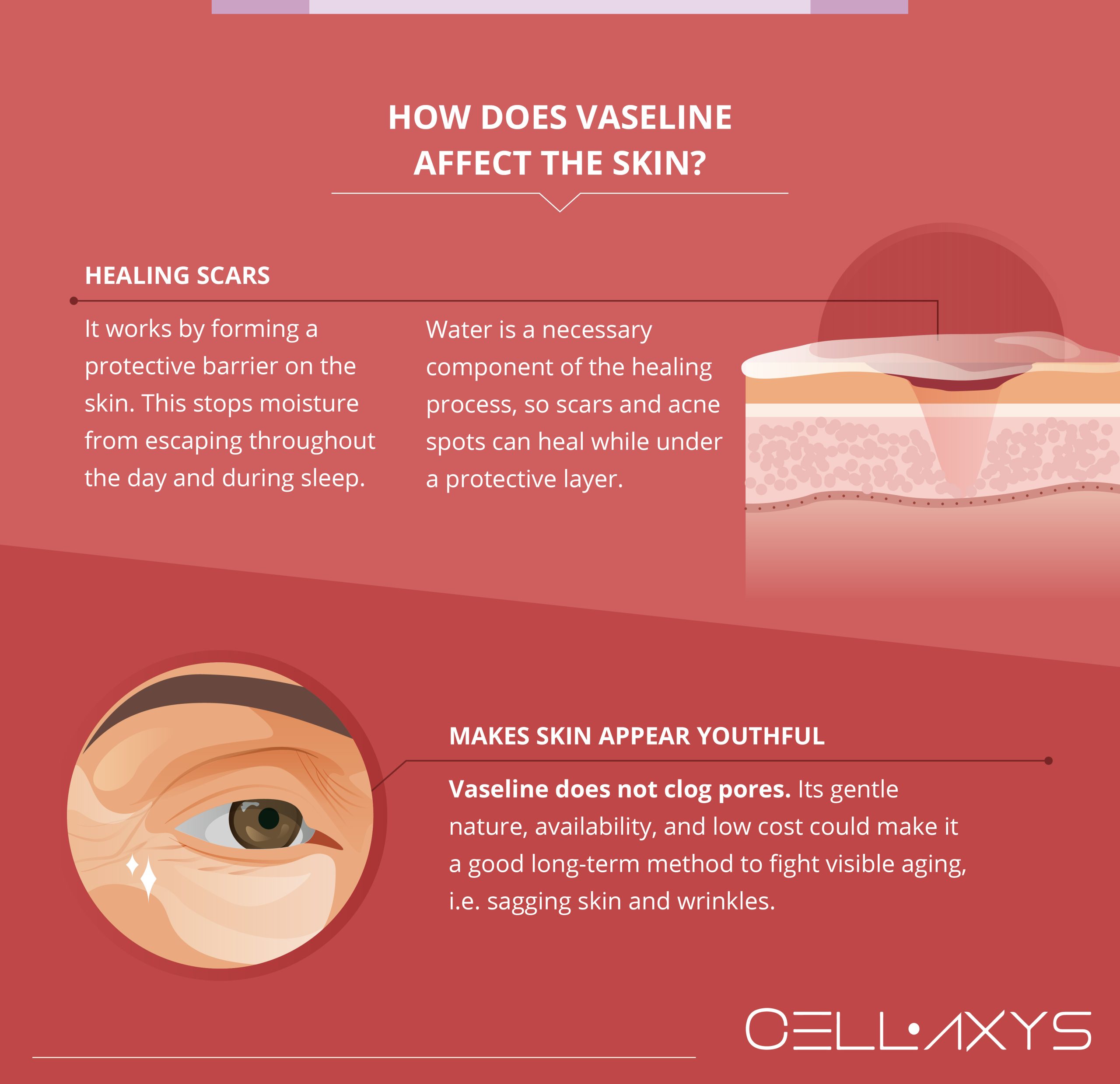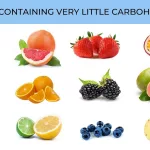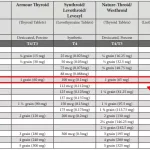
When That Itch Won’t Quit
Let’s just say it: nothing throws off your day quite like an itch in your private parts. It always seems to show up at the worst moment—at work, before a date, in the middle of the night. You try to ignore it, but your hand keeps drifting before you even realize. And honestly, for so many of us, the first thing we grab is that trusty tub of Vaseline. It’s hiding in the back of every medicine cabinet—grandma’s secret for everything, right?
But here’s a sneaky mistake people make without even thinking: reaching for petroleum jelly for itching “down there”, hoping for quick relief, when it might cause more trouble than you bargained for. Let’s get into what really works, why that itch keeps bugging you, and whether Vaseline is your BFF or…not so much.
Why Does That Even Happen?
First thing: don’t beat yourself up. Itching in your private area is super common, and most folks go through it at least once. Sometimes it’s just a little annoyance; other times it feels like an unstoppable urge that ruins your focus, your mood—heck, even your sleep.
Have you ever wondered, “Is it just me?” Nope. You’re part of a huge club. So—what’s actually going on?
Everyday Stuff That Sneaks Up
Most of the time, it comes down to things that sound innocent: scented soaps, new laundry detergent, pantyliners, even that new cute pair of lacy underwear. The skin down there is way, way more sensitive than, say, your elbows. A friend of mine, Lucy—she swapped brands of pads and spent weeks scratching, only to figure out it was the added dyes and perfumes causing her misery. Sometimes it’s so simple it almost feels silly.
Other times, it’s not what you use, but what’s going on inside. Yeast infections are famous for making themselves known with an itchy, burning sensation (plus clumpy discharge—sorry, but you know what I mean). Then there’s bacterial vaginosis—less burning, more of a “fishy” smell, and a grayish discharge. Fun? Not at all. Relatable? Absolutely.
And sometimes, it’s hormonal. Especially if you’re going through menopause, your body’s estrogen dips and you end up drier than you used to be—which equals more friction…and more itch. Even stress can send your body signals that show up as skin irritation. Seriously, your mood can mess with your bits!
Is Dryness Part of It?
Short answer: yes. When things are dry—that includes your external bits (the vulva) and sometimes the area just inside—the skin is more likely to get irritated. Think of it like chapped lips in the winter. So if you’ve asked yourself, “How do I make my private area stop itching,” looking at dryness is a good place to start.
So, Is Vaseline the Answer?
Okay. Let’s get to the big question: Can I put vaseline on my private area for itching? It feels like a simple hack—Vaseline is slippery, people use it for everything—so why not for itch?
Here’s the real talk. Vaseline (aka petroleum jelly) can create a protective barrier over dry, irritated skin on your external vulva. That means if you’ve got dryness or a bit of chafing, a thin layer on the outside can help lock in moisture while things heal. Some health organizations recommend it for external dryness or as a short-term shield against further irritation…just not as a cure-all.
But it’s not all sunshine and roses. If you have an infection—like a yeast infection or bacterial vaginosis—Vaseline may actually make things worse by trapping bacteria and moisture, basically creating a little spa for the germs to thrive. Not what you want. And—major point—don’t put Vaseline inside your vagina. The vagina is self-cleaning and adding thick, oily products can tip the balance, making it easier for bad bacteria to take hold (according to Healthline’s take on using Vaseline as lube).
And…condoms? Don’t even try. Vaseline breaks down latex super fast, so not only are you risking pregnancy, you’re upping your chances of STIs. Kind of defeats the point (research on Vaseline and condom compatibility).
I had a client—I’ll call her Beth—who used Vaseline for dryness, thinking it would sooth things instantly. Unfortunately, her yeast infection doubled down, and she ended up needing a doctor’s prescription instead. Lesson learned.
Quick Table: Vaseline vs Other Options
| Remedy | Pros | Cons | Best For |
|---|---|---|---|
| Vaseline (Petroleum Jelly) | Locks in moisture, cheap, readily available | Traps bacteria, hard to wash off, not for use inside, not condom-safe | External dryness, barrier for skin irritation (not infection) |
| Water-based Lube | Absorbs fast, safe for condoms | Washes off quickly, needs reapplication | Intercourse, dryness relief, compatible with latex |
| Coconut Oil | Natural, moisturizing, gentle | Not safe with condoms, may stain | Mild irritation if not using latex condoms |
Better Ways to Find Relief
If Vaseline isn’t your magic bullet, what is? It usually comes down to treating the root cause, not just hiding the symptoms.
Start Simple: Gentle Habits Matter
Think “less is more.” Use only mild, unscented soap and water outside (never inside). Cotton underwear is your friend—let your bits breathe! Switch to fragrance-free pads or liners. Avoid douching (seriously, douching is not your vagina’s friend). Even certain tight jeans can make everything angry.
When dryness is the issue, a water-based or silicone-based lubricant is way safer, especially if you’re hoping for relief during intimacy or even day-to-day comfort. Medical News Today lists coconut oil and water-based lubes among gentle, natural go-tos (just skip the coconut oil if you use latex condoms—it breaks them down).
And don’t underestimate the power of a cool compress or fragrance-free moisturizer. Even something like pure, unscented aloe vera gel can soothe an inflamed area without all the greasiness.
Home Remedies You Can Try
Sometimes you just want to do something, now. For those moments:
- Baking soda baths: Add a few tablespoons to warm water, soak for 10–15 minutes—many people swear by this for calming skin and itch!
- Oatmeal baths: Old-school, but it helps reduce irritation and redness.
- Probiotics: There’s some early research that a healthy balance of bacteria in your gut helps everywhere…even your private area. Yogurt or supplements—take your pick.
If you want more immediate ideas, here’s a helpful deep dive: how to stop itching down there immediately. Shortcuts and prevention rolled into one.
When the Itch Just Stays
So…you’ve tried all the tricks, but the itch is still driving you bananas. Or maybe it’s getting worse? Time to check in with a doctor, especially if you notice new discharge, pain, or your skin just looks “off.” (Nobody loves Zoom calls with a healthcare provider, but it beats the guesswork!)
Persistent itching can be a sign of something more serious, like an infection or even—rarely—vulvar cancer. A friend of mine once ignored a burning itch for months, thinking it was just a soap allergy, only to discover it was a treatable infection that cleared up fast with real medication.
Bottom line: Trust your gut—and don’t put off asking for real help if things aren’t getting better.
On the other hand, if your doctor says it’s just irritation, you can breathe easy. Small changes to your care routine and a little patience almost always sort things out.
Little Changes, Big Difference
Most of us are creatures of habit. But let’s take a second: Are you wearing tight leggings every day? Using heavily scented bubble bath? Rubbing the area with rough towels (I’ve done it; instant regret)? Sometimes these tiny, overlooked things are the ones quietly adding fuel to the itchy fire.
Try this weekly routine for happier skin:
- Morning: Rinse gently with lukewarm water, pat dry with a soft towel (no scrubbing, ever).
- During the day: Stick to breathable undies. If you sweat a lot, change out of damp clothing as soon as you can.
- Evening: If dryness is an issue, use a thin layer of water-based moisturizer outside. Save Vaseline for only those times when nothing else is available and the skin is just so chapped (but don’t make it a daily thing).
- Weekly: Treat yourself to a sitz bath with plain water or oatmeal—it’s like a spa day for your bits!
What About Long-Term Wellness?
Regular small changes often beat dramatic solutions. Hydrate well. Eat foods that support your skin and hormone health. Listen to your body. If a product, routine, or fabric bugs you even a little, swap it out for something simpler.
If itching comes with menopause or medical treatments, talk to your doctor about hormone creams or lubricants made for sensitive skin. They exist for a reason, and you don’t have to struggle in silence (find natural remedies for dryness here).
And don’t forget: You’re not alone, and you’re not “weird” for experiencing this. If you’ve ever muttered, “Why me?” staring into the fridge at midnight, trust me—you’re in good company.
In a Nutshell: Listen Up, Be Kind to Yourself
To sum up—sure, can I put vaseline on my private area for itching? Technically, yes, but only on the outside, and only as a band-aid for dryness or chafing. If you’re wrestling with ongoing itchiness, stick to gentle routines and target the root cause. Reach for water-based lubes, unscented products, comfy underwear, and above all, patience—skin takes time to heal.
If you’re sitting there right now, itching and wondering where to turn, try one small swap today—maybe ditch the scented soap or change into something looser. Notice how your body responds. If you need more support, don’t shy away from reading up on how to stop itching down there immediately or asking your doctor.
You deserve to be comfy and confident every day. Honestly, I’d love to hear if you’ve found a home remedy that worked—or one to totally avoid! We’re all learning as we go. Now, go show yourself some kindness…and maybe give grandma’s Vaseline jar a quick side-eye next time.


















Leave a Reply
You must be logged in to post a comment.